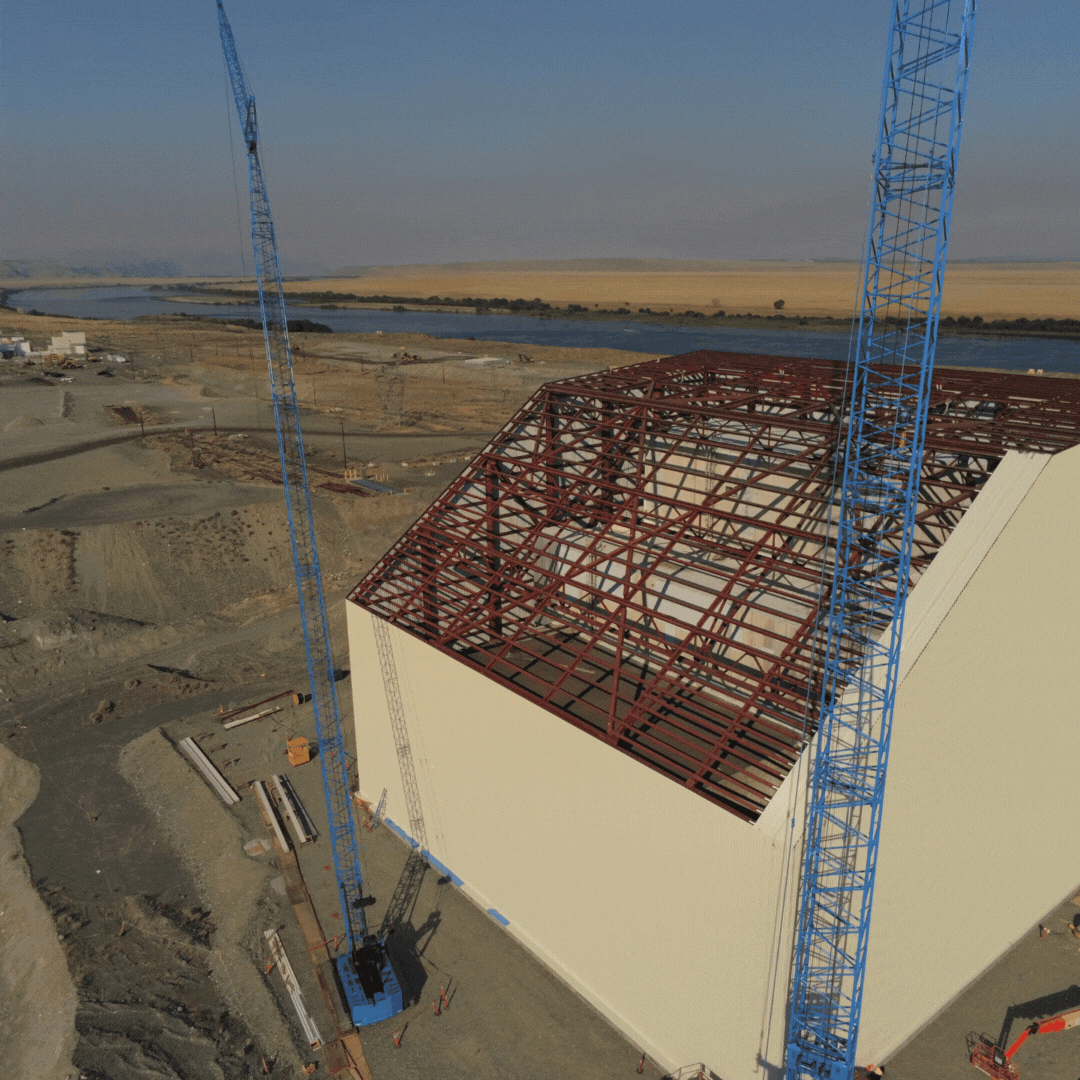The River Corridor, a sprawling 220-square-mile expanse within the US Department of Energy’s Hanford site just north of Richland, rivals the size of Chicago. Today, this majestic river continues to be a lifeline for thousands of residents in cities and towns downstream from Hanford, propelling modern energy, agriculture, transportation, recreation, and commerce.
The River Corridor, a sprawling 220-square-mile expanse within the US Department of Energy’s Hanford site just north of Richland, rivals the size of Chicago. Today, this majestic river continues to be a lifeline for thousands of residents in cities and towns downstream from Hanford, propelling modern energy, agriculture, transportation, recreation, and commerce. Yet, it is here, in what is aptly described as the journey from “river to reactor,” that plutonium was manufactured, serving as a crucial element of the Manhattan Project. Playing a significant role in concluding World War II and subsequently supplying the United States’ arsenal of nuclear weapons during the Cold War era, this portion of the river corridor, known as the 100 Area at the Hanford site, is the home of nine nuclear production reactors. Each reactor and their numerous auxiliary structures and facilities were collectively responsible for generating nearly two-thirds of the nation’s plutonium supply from the 1940s to the 1980s.
The first of the reactors were shut down in 1965, with the final shutdown occurring in 1987. Subsequently, the reactors were deactivated, decommissioned, and the supporting buildings were demolished as part of a series of Comprehensive Environmental Response, Compensation, and Liability Act (CERCLA) removal actions.
Now, eight out of these nine reactors are slated for Interim Safe Storage (ISS) a process known as “cocooning,”. This metamorphosis involves the cleaning and demolition of the numerous auxiliary structures, as well as a significant portion of the reactor itself. What remains is a solitary building amid the arid landscape, securely sealed for several decades; resembling something of a cocoon. While the final step isn’t as beautiful as a caterpillar to a butterfly, the buildings will sit for approximately 75 years, so that the radioactivity can deteriorate naturally, which then allows for safer disposal of the reactor cores by workers, however a final plan for disposing of Hanford’s decommissioned reactors has not yet been determined.
Between 1998 and 2012, six of the nine reactors (C, D, DR, F, H, and N) underwent a transition into Interim Safe Storage (ISS), and in 2022, the 105 K East Reactor joined them as the seventh cocooned reactor. Notably, the project was completed ahead of schedule and under budget, with crews finishing the work in less than a year. Towering at more than 120 feet in height and spanning 150 feet in width, this protective structure will protect the reactor as the radioactivity in its core slowly deteriorates and was entered into the Long-Term Stewardship (LTS) in the spring of 2023.
Once in LTS, DOE is required to conduct inspections every five years; however, to enhance efficiency and reduce costs, regulators have agreed to allow the DOE to synchronize the inspection dates, enabling all the reactors to be inspected collectively. In 2015, four of the cocooned reactors were inspected. This consolidation of inspections resulted in savings of approximately $100,000. During the inspection, the teams discovered bat guano and spider webs, and in the H and C Reactors, they observed “two or three live bats”, as reported by Rick Moren, director of long-term stewardship for Mission Support Alliance. However, aside from those findings, there were no further indications of living organisms within the reactors. In general, the inspectors encountered results that aligned with their expectations across all four reactors. The reactors aced their inspection, confirming that the cocooning process is fulfilling its intended purpose.[1]
The journey through the River Corridor and its historic reactors offers a unique glimpse into the past and the challenges of nuclear science and technology. While eight of the nine reactors are scheduled to be cocooned, one, the 105-B Reactor, known as the “B Reactor,” stands proudly preserved. Recognized as the world’s first full-scale nuclear reactor and declared a National Historical Landmark in 2015, it is now under the stewardship of DOE and the National Park Service, welcoming tourists to step back in time. This living relic provides a tangible link to the past, allowing visitors to witness the achievements and the intricate legacy of our history. The juxtaposition of these silent cemented sentinels and the enduring message of responsible stewardship in the 100 Area is a reminder of our commitment to preserving our community’s pride and its future.
[1] Annette Cary “Looking inside Hanford’s cocooned reactors”, Tri-City Herald, July, 2015, https://www.tri-cityherald.com/news/local/hanford/article32231739.html

